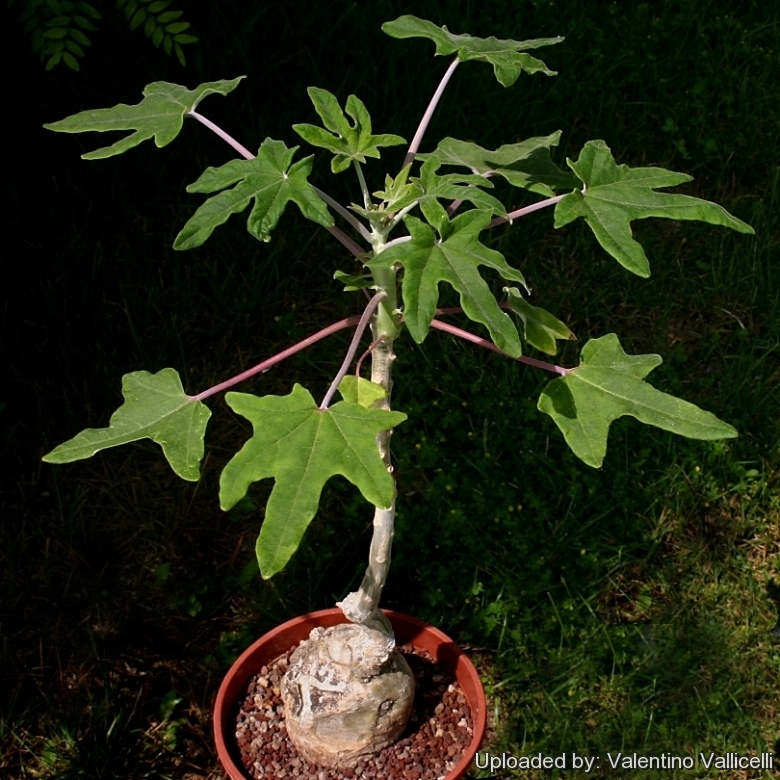
Uncarina decaryi Photo by: Valentino Vallicelli
This is a most attractive plant ,but still not very well known. It is indeed a stunning plant, and probably one of the best examples of the new generation of succulent caudiciforms. This Uncarina blooms easily, and when covered with flowers, it is a striking vision.
Origin and Habitat: Madagascar.
Synonyms:
Common Names include:
ENGLISH: Mouse Trap Tree, Succulent Sesame
SWEDISH (Svenska): Flasksesamsläktet
Description: Uncarina decaryiSN|15877]]SN|18294]] is a deciduous tropical shrub or small caudiciform tree to 7.5 m (but usually less), trunk up to 30 cm in diameter.
Stem: Stout, that becomes thickened with age. Stems may ultimately attain a height of 3 meters. Flowers: The flower resembles a large Petunia in form and is bright yellow with a dark throat.
Leaves: Lobed, finely hairy, soft and sticky to the touch, yielding a musty odour when rubbed. The leaves are deciduous during the winter resting season.
Flowers: Bright yellow flowers with black centres.
Blooming season: Warmer months.
Fruit: The fruit (capsules) has small inwardly pointed barbs looking like small hooked harpoons and are mounted on 2 cm pedicels. Don't touch this fruit unless you want to spend some time trying to remove it from your fingers.
Remarks: Uncarina decaryiSN|18294]]SN|18294]] is similar to Uncarina grandidieriSN|18294]]SN|15877]], but with smaller flowers and deeply lobed leaves.
Bibliography: Major references and further lectures
1) Urs Eggli “Illustrated Handbook of Succulent Plants: Dicotyledons” Springer Science & Business Media, 2002
2) Werner Rauh “The Wonderful World of Succulents: Cultivation and Description of Selected Succulent Plants Other Than Cacti” Smithsonian Institution Press, 1984
3) Gordon Rowley “Caudiciform and Pachycaul Succulents: Pachycauls, Bottle-,Barrel-And Elephant-Trees and Their Kin a Collector's Miscellany” Strawberry Press. June 1st 1987
4) Clive Innes “Complete Handbook of Cacti and Succulents” Van Nostrand Reinhold Company, 01/Dec/1981
5)Schatz, G. E., S. Andriambololonera, Andrianarivelo, M. W. Callmander, Faranirina, P. P. Lowry, P. B. Phillipson, Rabarimanarivo, J. I. Raharilala, Rajaonary, Rakotonirina, R. H. Ramananjanahary, B. Ramandimbisoa, A. Randrianasolo, N. Ravololomanana, Z.S. Rogers, C.M. Taylor & G. A. Wahlert. “Catalogue of the Vascular Plants of Madagascar.” Monogr. Syst. Bot. Missouri Bot. Gard. 2011
7) Humbert, H. “Pedaliacees.” Fl. Madagasc. 179: 5–46. 1971
 Uncarina decaryi Photo by: Valentino Vallicelli
Uncarina decaryi Photo by: Valentino Vallicelli Uncarina decaryi Photo by: Valentino Vallicelli
Uncarina decaryi Photo by: Valentino Vallicelli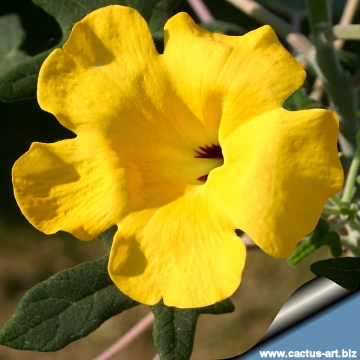 Uncarina decaryi Photo by: Cactus Art
Uncarina decaryi Photo by: Cactus Art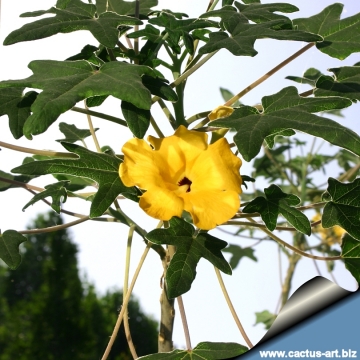 Uncarina decaryi Photo by: Cactus Art
Uncarina decaryi Photo by: Cactus Art Uncarina decaryi Photo by: Valentino Vallicelli
Uncarina decaryi Photo by: Valentino Vallicelli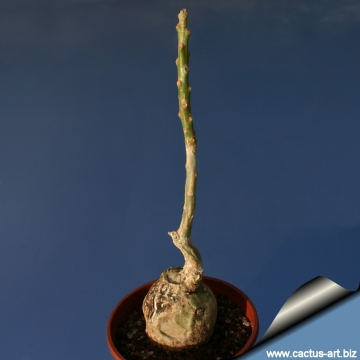 Uncarina decaryi Photo by: Cactus Art
Uncarina decaryi Photo by: Cactus Art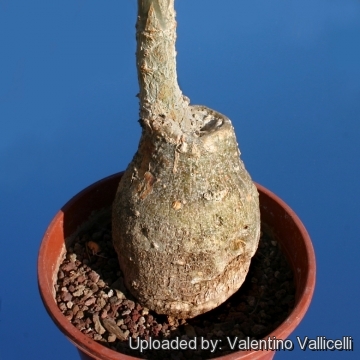 Uncarina decaryi Photo by: Valentino Vallicelli
Uncarina decaryi Photo by: Valentino Vallicelli Uncarina decaryi Photo by: Cactus Art
Uncarina decaryi Photo by: Cactus ArtCultivation and Propagation: Uncarinias are easy to grow heat resistant plant, which grow better than the average. Their attractiveness is further enhanced because they will flourish very easily in any pseudo-tropical environment. It can tolerate neglect, and as soon as you pay it a little attention (like repotting or fertilizing) it recovers and puts out plentiful new growth. They will tolerate intense heat and sun, when provided with adequate water, but must be protected from frost. Uncarinas make beautiful bonsai, and their roots can be elevated.
Growth rate: These plants can grow quite quickly if provided with adequate water, warmth and root run.
Soil: It needs a a rich, very well drained potting medium (add pumice, vulcanite, and perlite).
Waterings: It should be watered plentifully in Summer and kept drier in Winter. This species like all Uncarinias, is sensitive to excess moisture, and should be kept on the dry side. It rot easily and do not like any water when it has no leaves.
Fertilization: Use diluted fertilizer on young plants to speed up growth.
Exposure: They do best when grown in part shade to full sun. G
Hardiness: Due to their Madagascan origin keep warm in winter, the minimum safe average temperature is 10°C, although they can go lower for short periods (cannot endure temperatures below 2° C). If grown outdoors they will probably grow back from roots, if frozen. They are quite heat tolerant, and survive easily temps above 45° in summer, without dropping leaves.
Bonsai/caudex culture: Lifting the thickened root system periodically creates a cool, gnarled bonsai look.
Warning: The seed pods are covered with barbed hooks. Don't touch this fruit unless you want to spend some time trying to remove it from your fingers. Remove the pods when they are still green and pliable (if they are dry, use long-handled clippers or hemostats) and dispose of carefully.
Reproduction: Seeds, and they can be reproduced by cuttings as well.
Your Photos
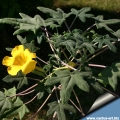
by Cactus Art



















